Just a few days ago, the final Phantom VIII rolled off the production line at Rolls-Royce’s Goodwood factory, fourteen years after the first one did.
This was the car that brought the Rolls-Royce name back into motoring, this time with BMW at the helm.
On 26 February 2003, Autocar’s Steve Cropley travelled to Santa Barbara, California, and tentatively became one of the first people in the world to drive das Phantom. Here we revisit his initial impressions.
“Is the mighty Phantom a real Rolls-Royce? And does a new Rolls still have a role in today’s motoring scene?,” Cropley began, only to immediately answer: “Yes to both. Emphatically yes.”
Just four and a half years since BMW did its famous deal with Volkswagen to assume control of the posh marque, the Phantom had been designed and built in pursuit of the “style and pre-eminence the Silver Cloud enjoyed in 1956”.
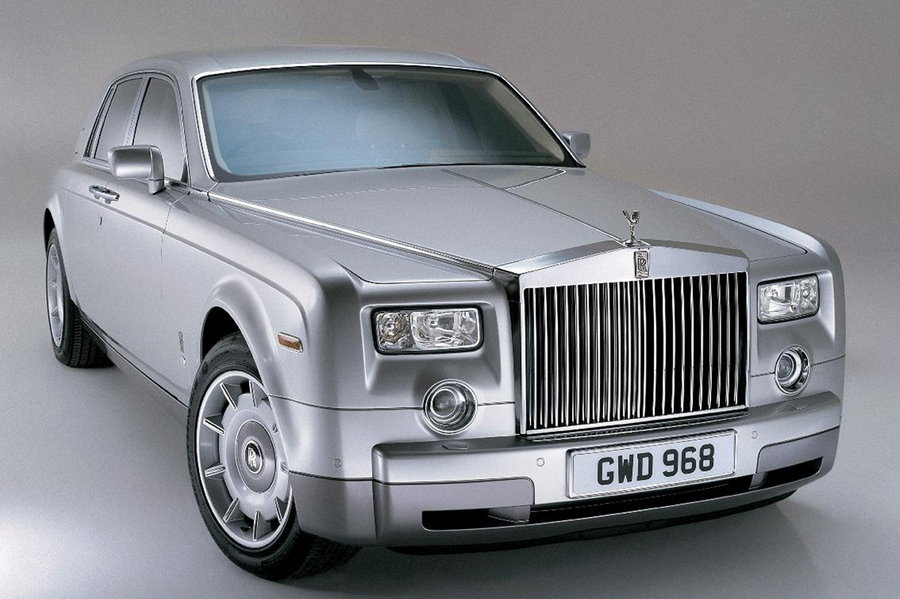
Read more - History of Rolls-Royce picture gallery
That is the reason, Cropley explained, why the Phantom was given its “sheer size, long wheelbase, highly distinctive body overhangs (short in front, long at the rear), long bonnet which runs almost horizontally to the mighty grille, huge C-pillar, high cabin with small glass areas, and downward sloping, tautly drawn tail”.
“Many early observers have found the Phantom’s modernity unsettling, and the new order at Rolls-Royce wants it that way,” Cropley explained. “Nobody would call this car discreet, and few describe it as beautiful, either. Critical comment centres on the high, bluff front, and the rectangular marker lights. Again, Rolls people seem content.”
Yet with this, the Phantom had top-class dynamics, thanks to plenty of “high-tech features, including an all-aluminium spaceframe chassis, a highly advanced V12 engine, height-adjustable, adaptive air suspension, and electronic driver aids”.
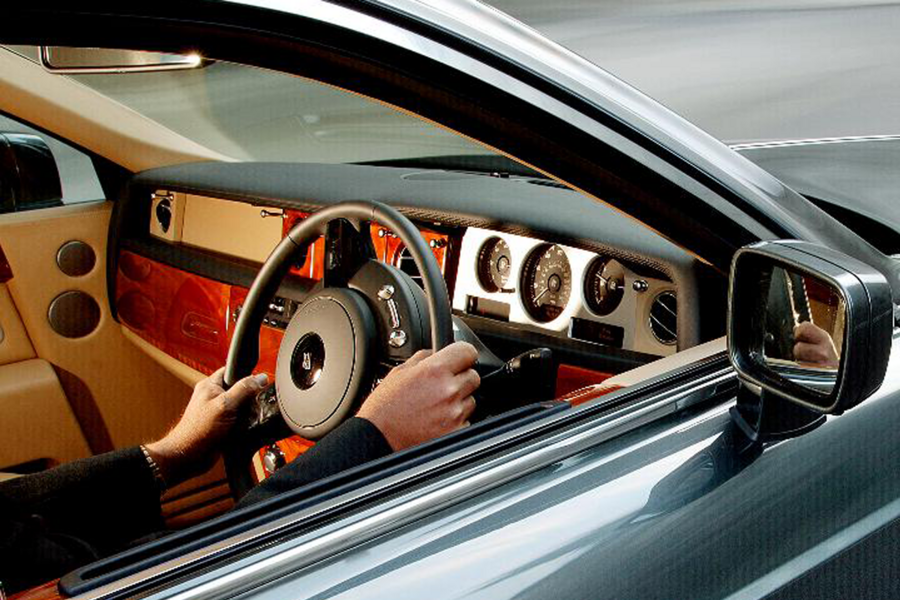

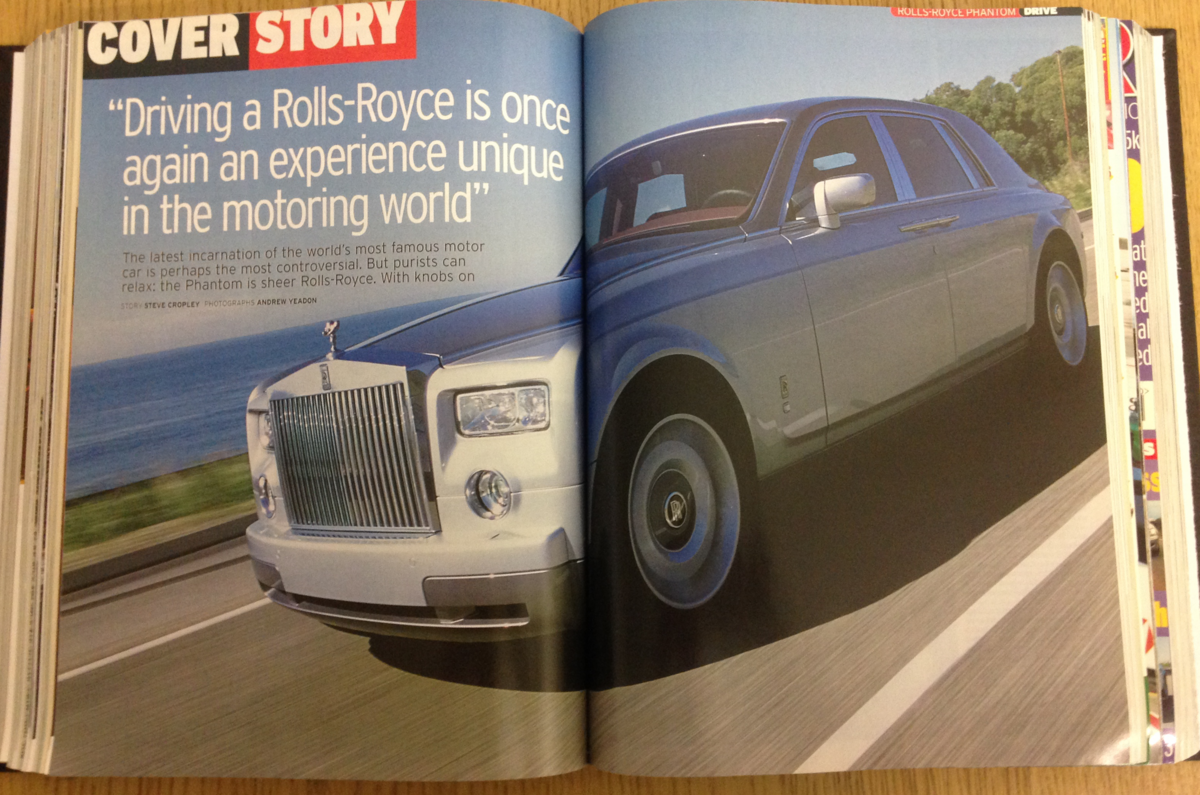

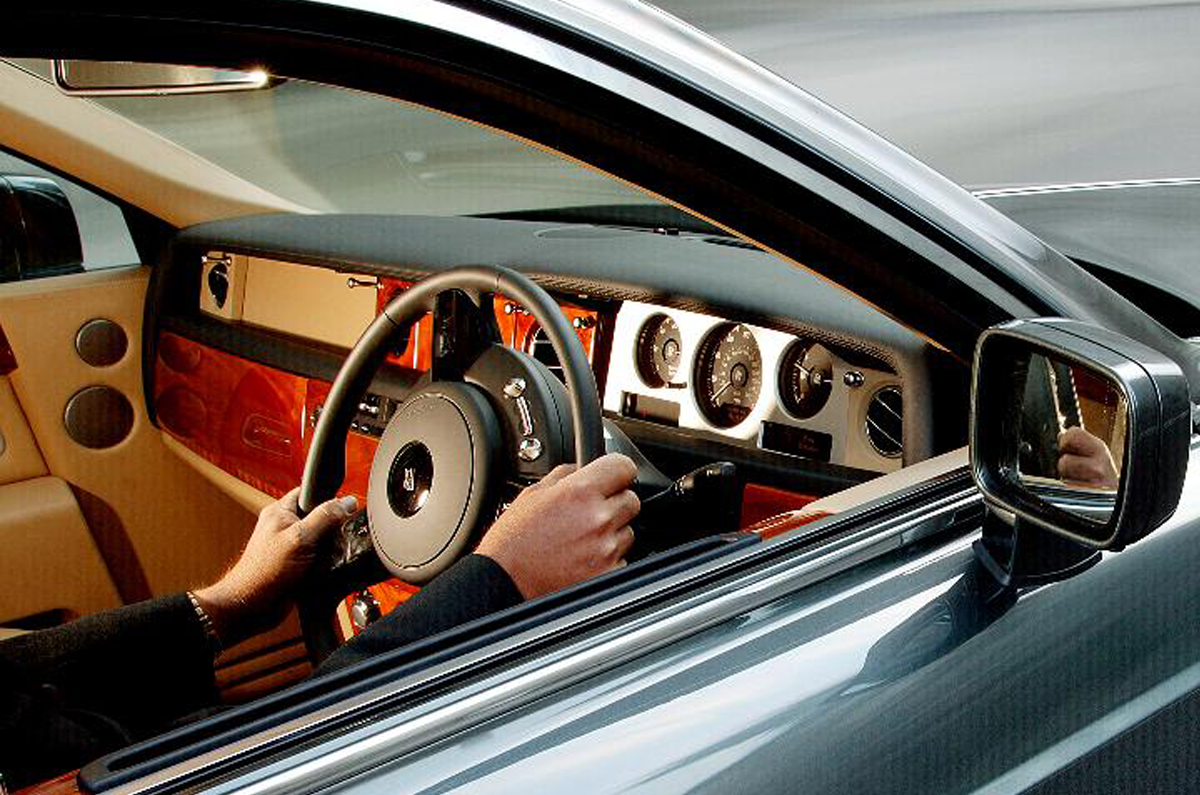
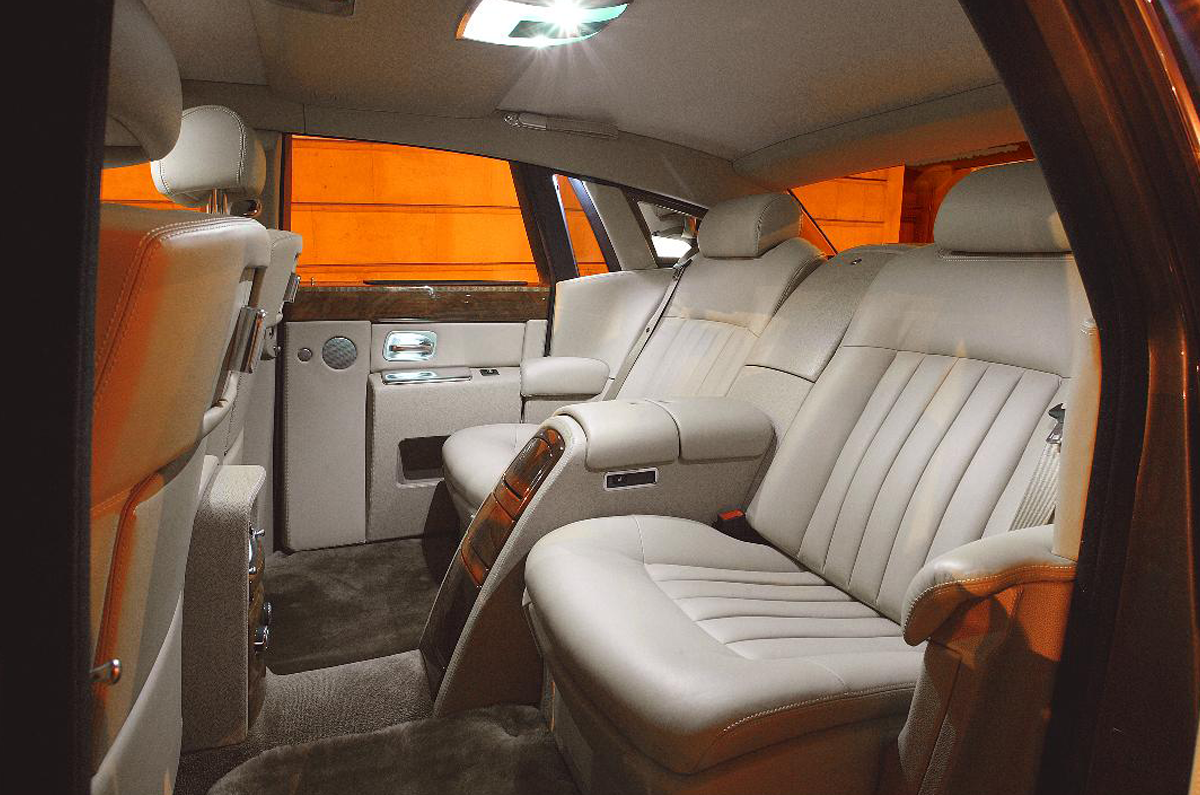
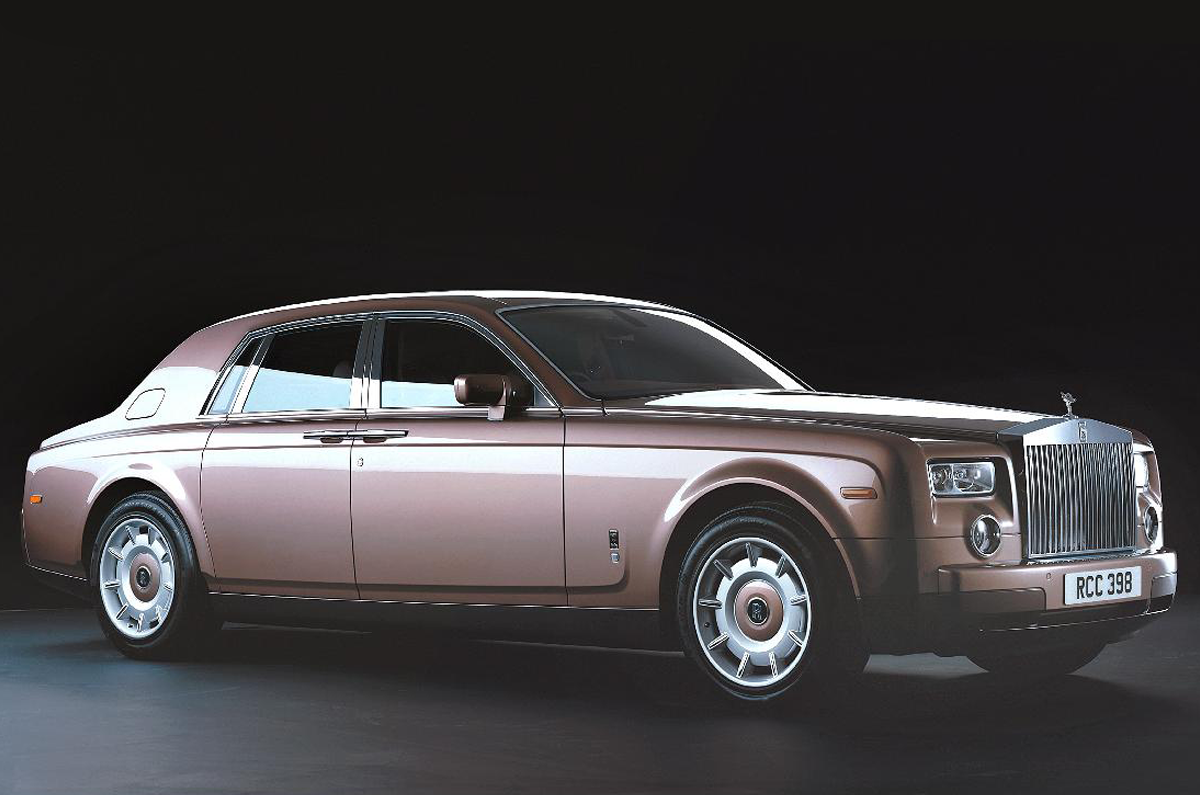
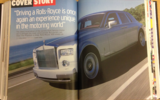
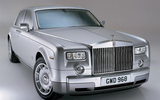


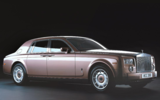

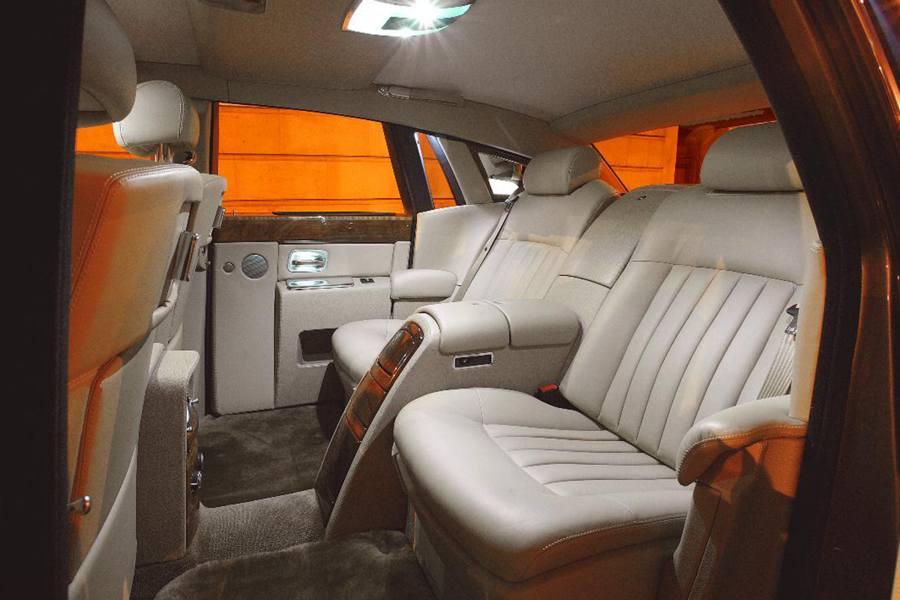
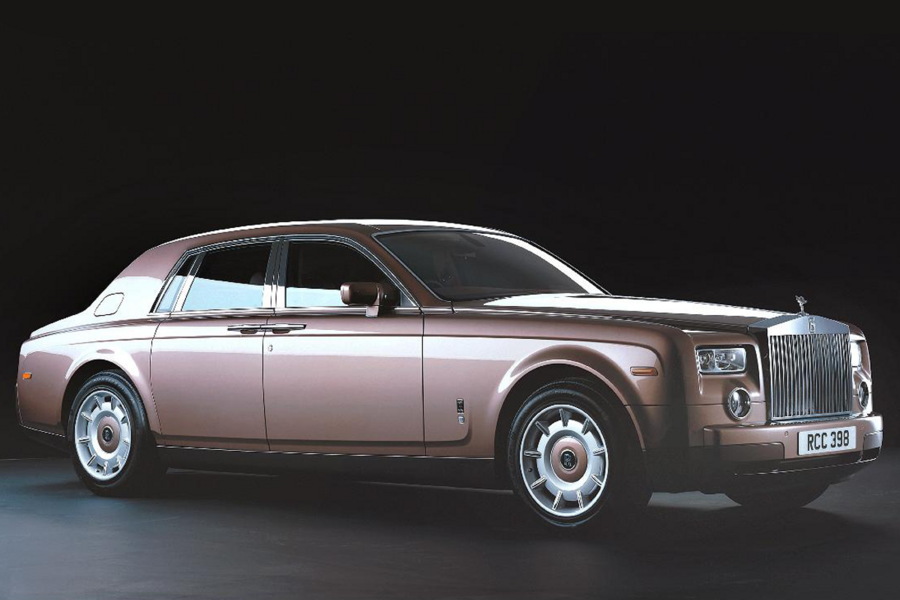

Add your comment